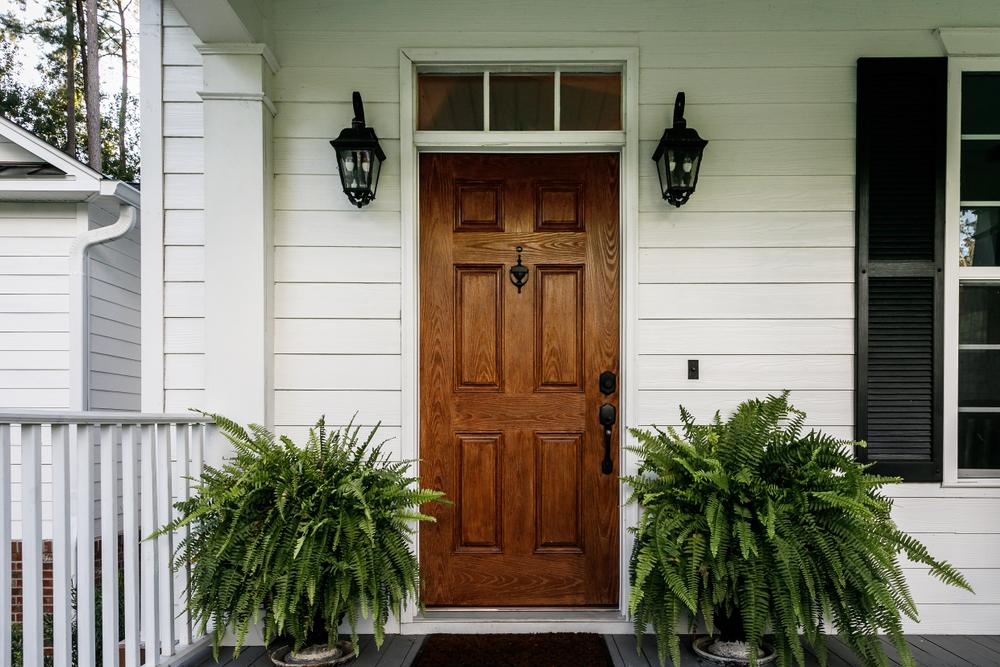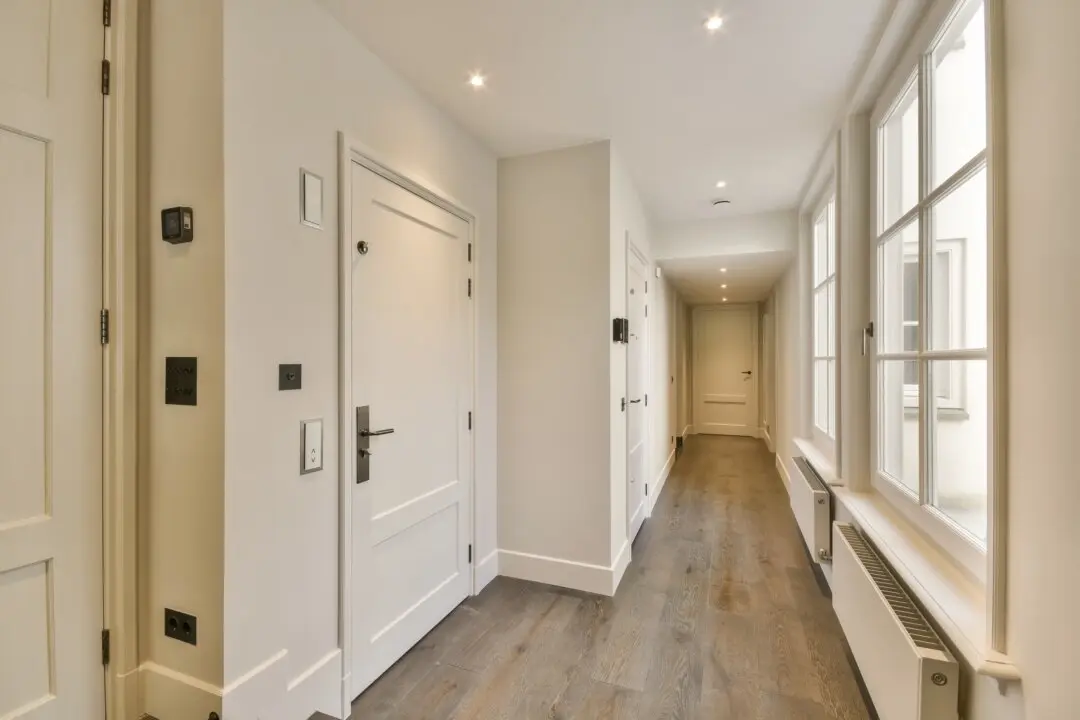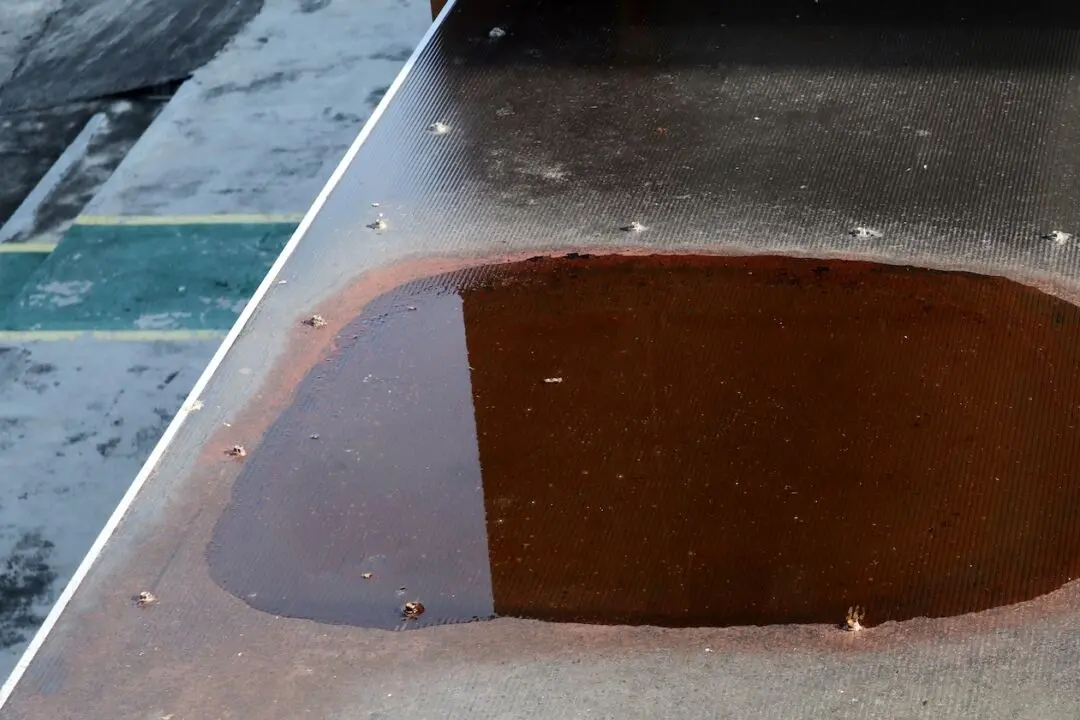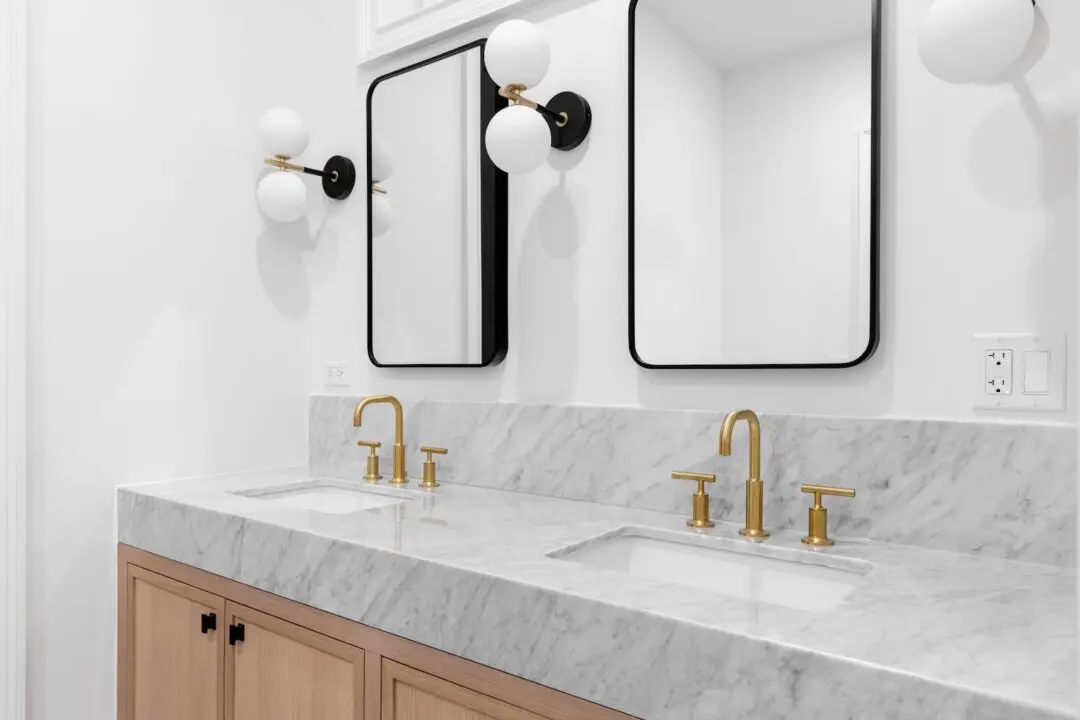Dear James: The frame around my wood front door is in good condition, but the door itself is shot. To save a few bucks, is it possible to just replace the door and in the existing frame? —Cammy G.
Dear Cammy: Your situation is not uncommon because the door itself usually gets the most wear. It also is often constructed of many pieces, which get loose. This allows it to absorb moisture and deteriorate. It can actually be more work to install a new door instead of a prehung one, but it will save you some money if you don’t count your time.





